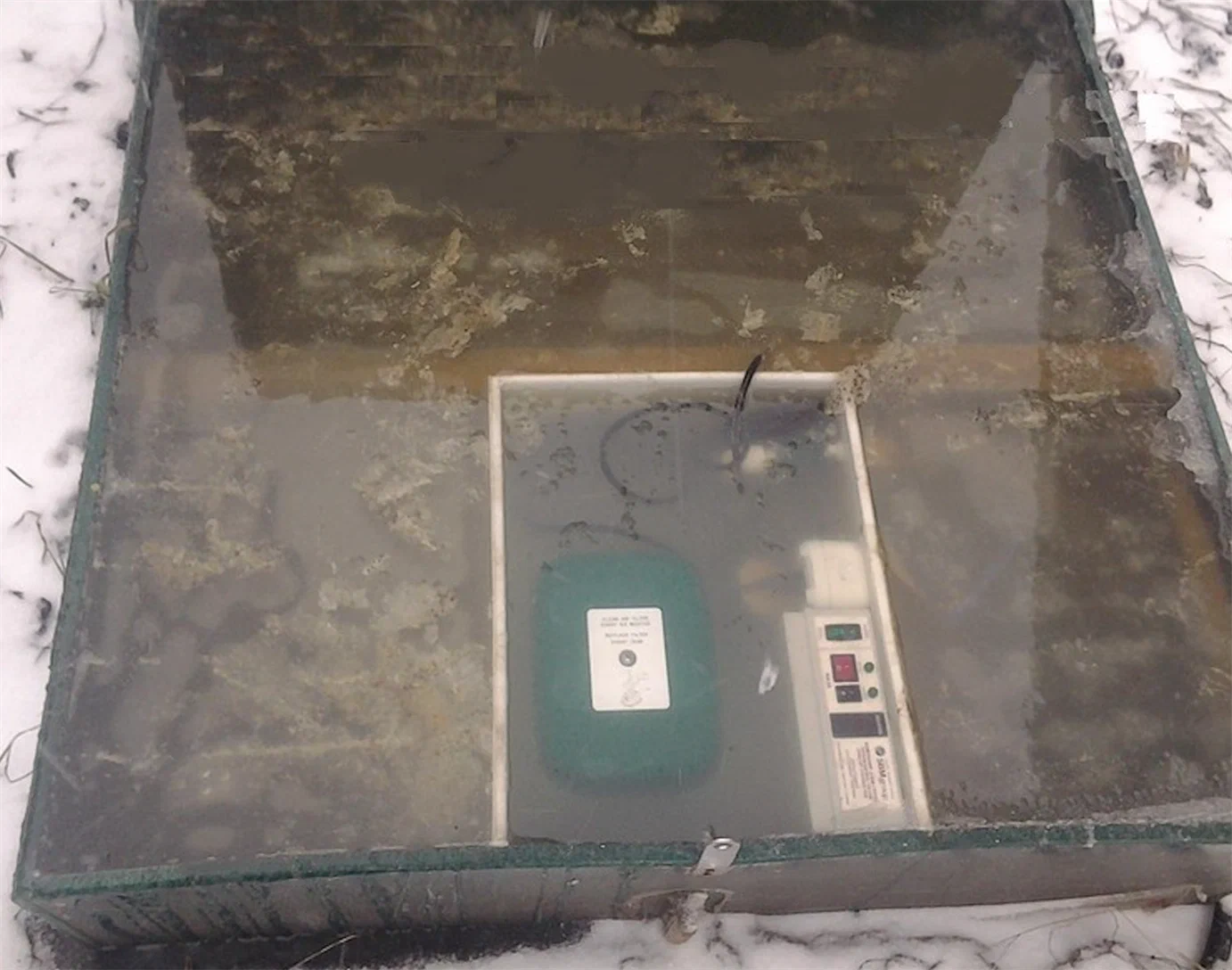Autonomous sewerage system today is available in many private houses, country cottages, dachas. It is convenient to use it, but until the septic tank is clogged. It is possible to clean it, but it is better not to bring the matter to a blockage. The fact that the septic tank is clogged is indicated by such factors: slow drainage of water, bad odor, discharge of effluent through the technological holes.
A guide to cleaning if your septic tank is clogged
Septic tanks are devices used for the collection and subsequent treatment of sewage and household wastewater, mechanically or biologically. Of course, the septic tank requires periodic maintenance and cleaning, otherwise, its operational capabilities will be reduced and stench will spread. Users of such treatment facilities, first of all, need to learn how to determine that the septic tank is clogged. Obvious signals of siltation of the system are: a clear decrease in the volume of the septic tank, entailing a rapid filling; accumulation of sediment; a whiff of odor, indicating the ongoing rotting process. Excessive accumulation of sediments can provoke clogging of filters with the release of wastewater outside.
Clogged septic tank – solving the problem
Most modern models of septic tanks do not have complex designs and they can be cleaned independently. However, there are cases when it is not possible to do without the involvement of skilled craftsmen with special equipment. These cases include situations such as:
- pumping out the contents of the septic tank;
- elimination of solid sediment formed in the internal space;
- erosion of muddy masses;
- complete cleaning of the system in accordance with the standards;
- cleaning of the external pipe system.
During the cleaning manipulations will not be superfluous and repair of septic tank systems (if required), as well as replacement of filters.
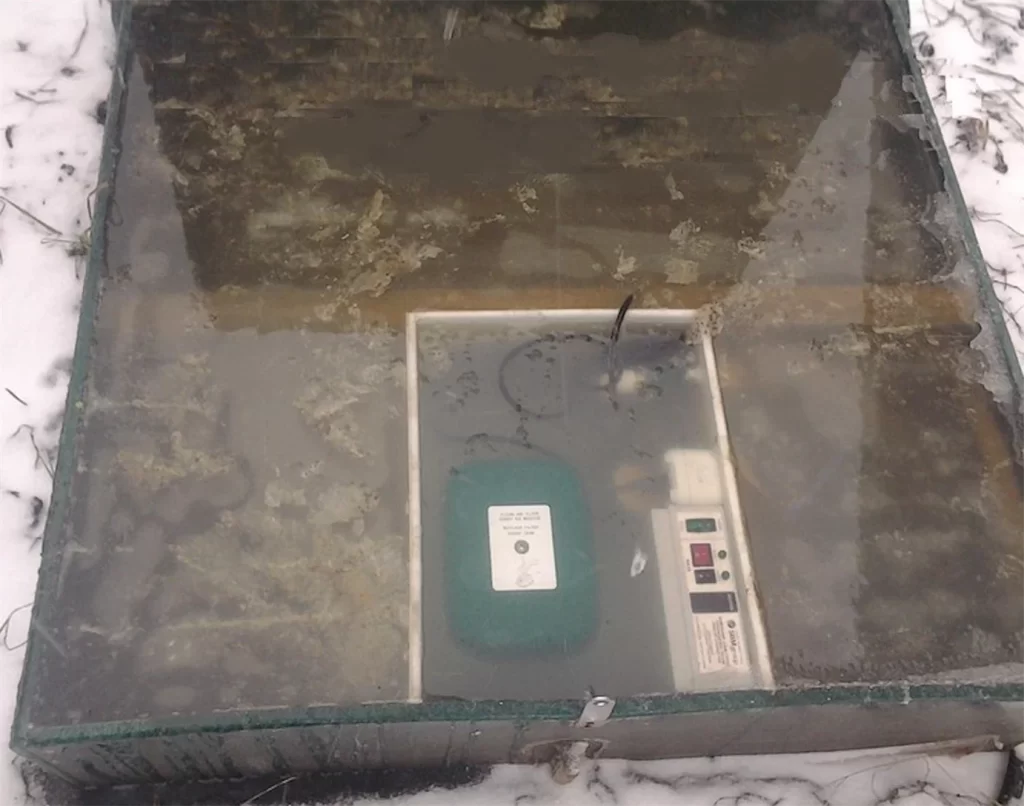
When cleaning independently, it is recommended to use chemical means, this method is also acceptable in the cold season. Chemical cleaning is quite effective and quickly solves the problem of stench. It should be borne in mind that chemical cleaning is inadmissible for plastic tanks and systems with an open structure. If the septic tank was cleaned with a chemical method, and in the future it is planned to use activators of the biological type, then it is necessary to thoroughly wash the remains of chemicals with running water beforehand.
Common reasons why the septic tank is clogged
Factory septic tanks with a closed bottom often have siltation in the bottom part. This is caused by an insufficient concentration of fermentation bacteria in the sump. Microorganisms that should break down solid inclusions in the effluent are destroyed by aggressive chemicals that are part of the means for cleaning bathtubs, toilets, sinks, stoves.
If the sludge overflowing the factory septic tank has a sour cream-like consistency, then in the gravity settling tank it is necessary to pour a bioactive preparation of the appropriate purpose. Unfortunately, bioactive preparations will be powerless unless the dose of household chemicals is reduced.
Another reason for the rapid overflow of factory septic tanks is an excess of grease and soap scum, which prevents the free movement of liquid waste through the overflow channels. By the way, soap and grease plugs are not uncommon in homemade treatment systems. If the sewer system is not equipped with a grease trap or a separate sump for kitchen waste, then the plug will sooner or later appear.
Gel clogs are eliminated mechanically or chemically. The second option does not require much physical effort and gives a quick result. Chemical cleaning from soapstone and grease is realized as follows:
- The septic tank is pumped out. It is filled with water, which is supposed to stand, so that chlorine is volatilized from it.
- A special agent is poured into the toilet bowl, bathtub, washbasin.
- If testing the capacity of the sewer was unsatisfactory, then you need to pour another dose of the means.
- After the capacity of the overflow channels is restored, biocultures that absorb excess fat are introduced into the system.
The introduction of fat-removing substances should be carried out once a year, if the system works normally, then pumping out the septic tank is not required.
If the soil absorption capacity of an open-bottom septic tank is compromised, the sewer system will have to be flushed to restore it. After pumping out the septic tank, it is filled with water and allowed to stand for 24 hours. During this time, no household chemicals should enter the system. After that, a dose of active bacteria is introduced into the septic tank. Based on the manufacturer’s recommendations, the procedure can be repeated up to 7 days. The essence of this technique is that clean water liquefies viscous organics, and the intensive fermentation of bacteria eliminates even the sludge that has settled down.
Taking measures in case of a clogged septic tank
There are certain rules regarding how a septic tank should be cleaned. If the accumulation septic tanks need regular pumping, then modern models of purification systems are able to clean up to 90 percent of the volume contained in them.
Drainage of water from the septic tank in variations:
- With a single-chamber septic tank, which cleans wastewater by about seventy percent, water is discharged into filtration wells for soil pretreatment.
- From a 2-chamber septic tank, with a treatment level of up to seventy-five percent, the effluent is discharged into a well for additional treatment.
- Septic tanks of deep bio purification in the range from 85 to 98 percent, discharges to the surface or into a water body.
In cases when the septic tank is clogged, the option of cleaning it depends on the design, volume and characteristics of the device. Common methods of cleaning: manual by means of a bucket, pumping by means of a pump, pumping by means of a pumping machine, chemical or bio-purification.
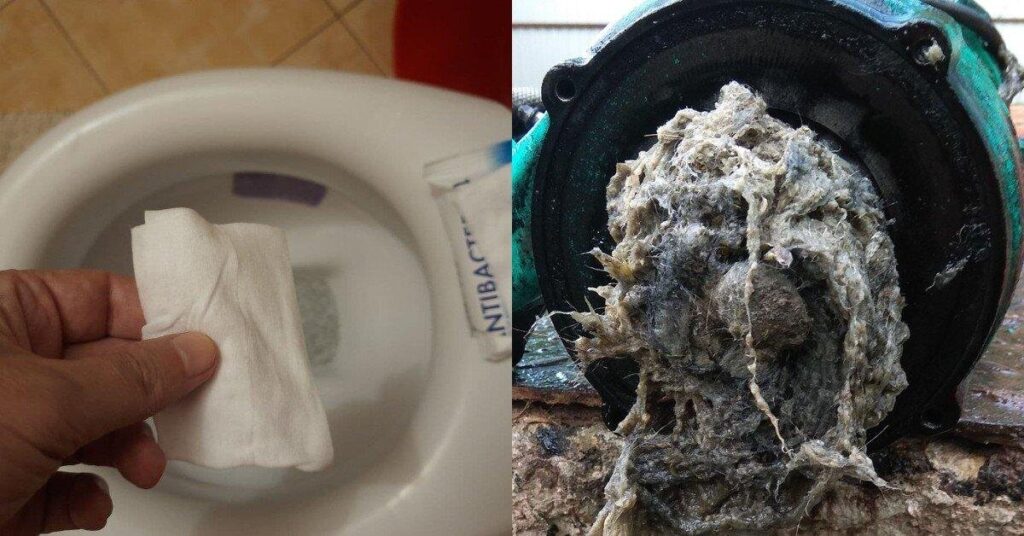
In cases where pumping is carried out by a pump, all sediments must be brought to a liquid consistency in advance. Pumping by means of a slurry truck is the most mobile way of solving the problem. Bioremediation copes well with sewage waste processing, but siltation is not always within their reach. Chemical reagents should be used with caution, as they can harm nature.
In cases where the septic tank is operated without violations and without long interruptions, troubles with the pipes and the system are rare. Regular maintenance of the treatment plant involves checking the functionality of the overflow pipe as well as the pipes (inlet and outlet).
If a blockage has occurred, it can be solved hydrodynamically. Solid-sized pipelines are cleaned with gasoline-powered wheeled units.
A filtration field is a plot of land on which wastewater is distributed for additional treatment. Aeration fields can only be installed in areas with soil with excellent filtration capacity. If the biological renewal of the soil is impaired, the site will become clogged and waterlogged. If this happens, the operation of the septic tank should be suspended and after the liquid level inside the tank drops, carefully loosen the aeration field and pour a fresh layer of crushed stone.
Measures to prevent siltation of the septic tank:
- Regular pumping of waste from the tank, especially before the septic tank is shut down for the winter;
- flushing the bottom and walls of the septic tank with a water jet at least once every six months;
- use of biological preparations or chemical reagents that prevent the formation of a grease film;
- taking into account the depth of ground freezing when installing the sewage receiver, as well as insulation of the system in places where there are severe frosts.
In addition to cleaning the tank chambers, the pipes also require treatment. Rinse them with a jet of water under high pressure, you can also use a metal rod, pushing them concentrated dirt outside.
Violation of the rules of use of the treatment facility, leads to situations when the septic tank is clogged or there is a release of effluent outside. In complex cases, the entire system of water drainage may collapse.
Important recommendations for cases when the septic tank is clogged
In the autonomous cleaning of the septic tank, as well as in its operation, it is important to follow a set order.
From septic tanks with bio aftertreatment can not remove all the sludge, at the bottom should remain a fifth part, otherwise the bacteria, deprived of fodder, will die and the system will cease to function properly.
In case of excessive siltation of the aeration field, it is necessary to either change the filtration bed or completely change the design. The fact is that if there is a close proximity of gravity water on the site, the ground will always be wet and it will be difficult to get rid of the silt.
Septic tanks functioning from bacteria do not tolerate the impact of chemicals (Cl2,K3PO4). If the drain is still hit by chemicals, it is necessary to pour fresh water into the chamber and pour a fresh portion of bacteria.
If the accumulated masses harden strongly, they can be softened by the forces of microorganisms and enzymes. The drug can be in the form of spores, powder, granules. Bioactivator also destroys weak microbes that can no longer cope with their functions.
In cold weather, it is inconvenient and ineffective to start cleaning the septic tank. Biological preparations at “minus” lose their abilities and the proper effect from them will not be. Chemicals also have limits on the ambient temperature. In spring, the level of groundwater rises, which significantly complicates cleaning manipulations. The optimal period for cleaning the septic tank is summer and fall.
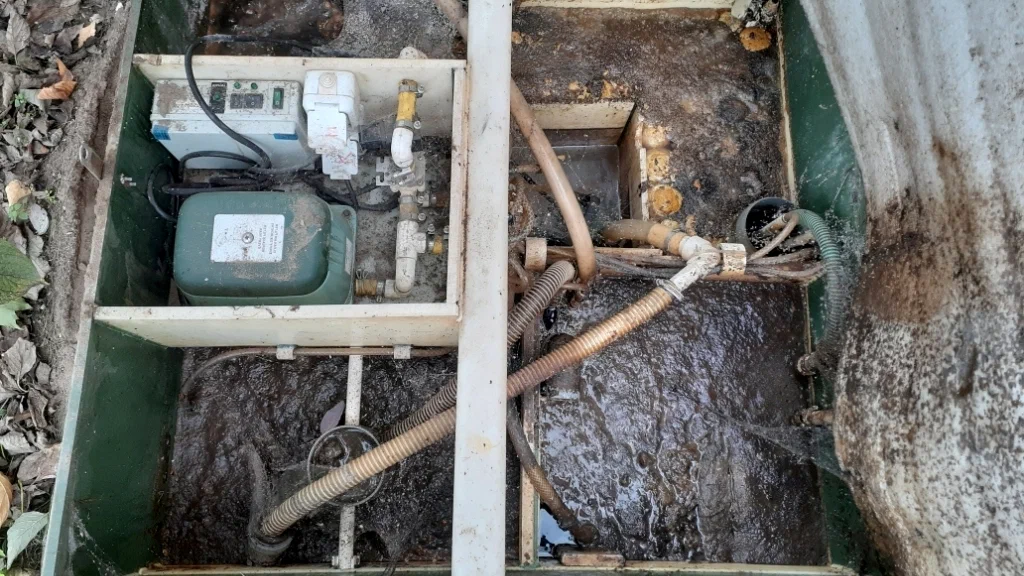
A misconception is the selection of all the sludge from the bottom of the sump. Approximately 20 percent of it should remain. This is due to the fact that in the sludge there is a microcosm with a certain ecosystem. The microorganisms that exist there, process the waste that is dumped into the pit, which is why pathogenic microflora does not develop in the septic tank. A residue of 20% sludge, allows the bacteria to continue processing.
When cleaning the pipes and tank, it is better to refrain from using chlorine and other aggressive chemicals. They are often used because they eliminate stench and microorganisms. If the chemistry got into the system, then it will be necessary to purchase an additional batch of microorganisms for the septic tank.
A useful device is a sludge sucker, which allows you to automate the process of cleaning the sludge. When installing a sewage complex, it is worth providing a compartment for the prevention of blockages.
Timely removal of accumulations from the pit or tank is important, since the compressed masses are problematic to remove, in addition, they can deform the filtration system.
Professional help if your septic tank is clogged
Cleaning the septic tank with special equipment requires some preparation. The work team will need to report the depth of the structure in order to select the optimal type of equipment. Many modern fecal machines have a hose length of 200-500 meters, but if the hose is shorter, it will be necessary to provide access to special equipment directly to the device.
In the case when the volume of the tank of the LDW machine corresponds to the dimensions of the septic tank, then all accumulated waste will be pumped out without difficulty. The sludge truck can not only pump out the waste, but also wash the complex with a pressurized water jet. This procedure allows to wash out even long-standing contaminants. Vacuum pumps are indispensable when it is necessary to pump out the impurities from a great depth.
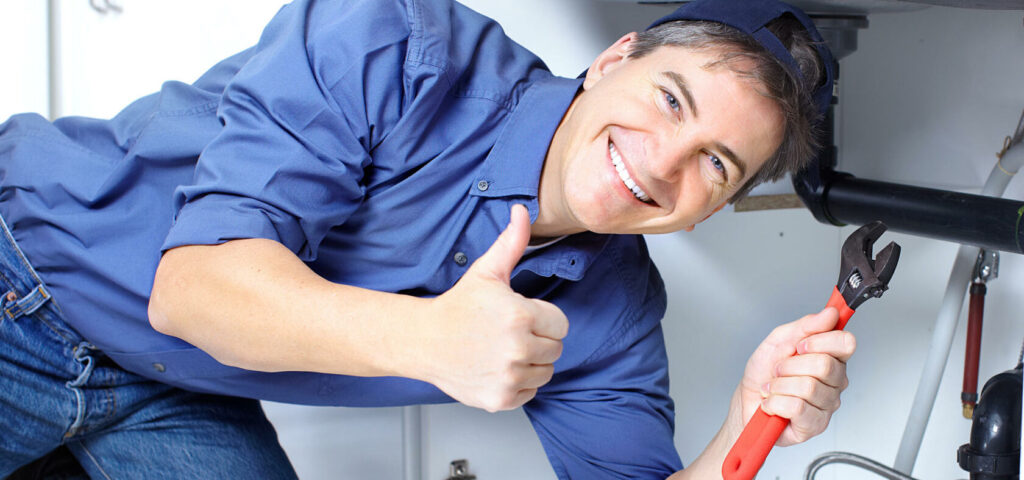
In houses with year-round residence, it is recommended to clean the septic tank twice a year, since the period of waste processing is six months. In the case where the septic tank is replenished with populations of bioactive microbes, cleaning can be reduced to once a year.
It is important enough that the calculations of the septic tank size should be done by a specialized specialist. In cases where the calculations are incorrect, the system may not be able to handle the volume of incoming waste. The primary chamber of the septic tank is supposed to be equal to 3 times the average daily volume of water used. Underestimate this indicator is not allowed, on the contrary, it is better to select the size of the septic tank with some reserve.
Summarizing, it should be noted that the cleaning of the septic tank is necessary as a mandatory component of its operation, as well as to maintain the level of hygiene of the living space. The presence of a clog indicates a malfunction in the system and threatens the spread of pathogenic bacteria.
